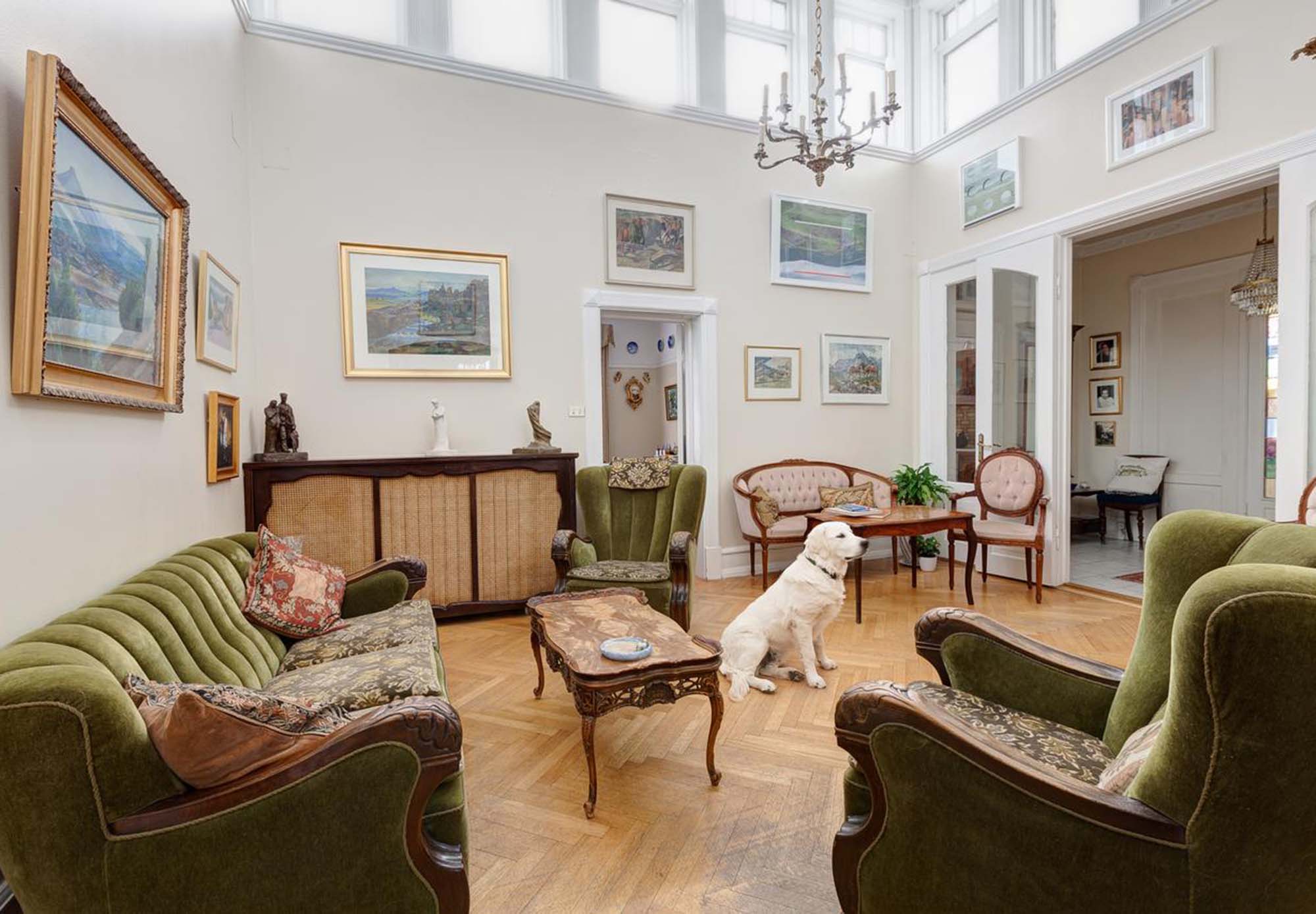Lisbon is a dream destination for travelers who appreciate vibrant neighborhoods, historic sites, and scenic views. But to explore the city’s many attractions efficiently, it’s essential to get acquainted with its public transport system. With trams, buses, metro lines, and ferries connecting every corner, Lisbon’s transport options are both extensive and affordable. In this guide, I’ll provide a complete overview of Lisbon’s public transport system, covering everything from routes and ticketing options to travel tips and recommendations for getting around this beautiful city.
1. Getting Started: Lisbon’s Public Transport Options
Lisbon has a comprehensive transport network that includes:
- Metro: The fastest way to move across the city, with four main lines that connect most tourist attractions and neighborhoods.
- Trams: Lisbon’s iconic yellow trams are not only efficient but offer a unique way to see the city, especially the vintage Tram 28.
- Buses: With extensive coverage, buses are ideal for reaching locations not served by the metro or tram lines.
- Ferries: Lisbon’s ferries connect the city with surrounding regions across the Tagus River, adding a scenic element to the commute.
- Trains: If you’re looking to venture outside the city center, trains are perfect for visiting nearby towns like Sintra and Cascais.
2. Understanding Ticket Options and Pricing
When using public transport in Lisbon, there are multiple ticket options and travel cards to suit different needs.
- Single Ticket: Ideal for short trips or a one-off journey. Each single ticket can be purchased at a metro or train station, on buses, or at ferry terminals, costing approximately €1.50 for buses and metro rides.
- 24-Hour Ticket: For tourists planning a full day of exploration, the 24-hour ticket is excellent. Priced at around €6.40, it provides unlimited access to the metro, trams, and buses for a full day.
- Viva Viagem Card: The best option for tourists spending multiple days in the city. The Viva Viagem is a rechargeable card that can be topped up at ticket machines or online and used across all forms of transport. The card itself costs €0.50, and you can load it with the Zapping option (explained below) or 24-hour tickets.
- Zapping Option: With Zapping, you load a balance onto the Viva Viagem card and use it as a pay-as-you-go system. This option is cheaper than buying single tickets and convenient for those who want flexibility in their travels. Each journey on the Zapping balance costs €1.35, making it a good choice for tourists who plan on taking multiple trips per day.
Tip: The Viva Viagem card also works on Sintra and Cascais trains, adding extra value for day trips from Lisbon.
3. Lisbon Metro: The Fastest Way Around
Lisbon’s metro is straightforward to use, with four lines that are color-coded:
- Blue Line (Linha Azul): Runs from Santa Apolónia to Reboleira, covering several downtown stops and popular areas like Baixa-Chiado.
- Yellow Line (Linha Amarela): Connects Rato to Odivelas and is handy for accessing suburban neighborhoods.
- Green Line (Linha Verde): Runs from Cais do Sodré to Telheiras, ideal for connecting to tram and ferry services.
- Red Line (Linha Vermelha): Connects the airport to key areas like Oriente and Alameda.

Tips for Using the Metro:
- Always keep your Viva Viagem card handy as you’ll need it to enter and exit the metro system.
- Avoid peak hours (8–10 AM and 5–7 PM) if you prefer less crowded trains.
- The metro stops running at 1 AM, so plan accordingly for late-night travel.
4. Riding the Iconic Trams
Lisbon’s trams are a must for visitors, especially for navigating the hilly areas of the city.
- Tram 28: This classic tram route travels from Martim Moniz to Campo de Ourique, passing through Lisbon’s historic neighborhoods of Alfama, Baixa, and Bairro Alto. While it’s a popular tourist route, it’s also prone to crowds. For the best experience, consider riding early in the morning or later in the evening.
- Tram 15: Runs from Praça da Figueira to Belém, a riverside area with some of Lisbon’s most famous landmarks, like Jerónimos Monastery and the Tower of Belém.
- Tips for Tram Travel: Be cautious of pickpockets, especially on Tram 28, where trams can be very crowded. Hold onto your belongings and avoid boarding at the busiest stops if possible.
Fares: Tram journeys can be paid for with the Viva Viagem card or bought as a single ticket from the driver, though it’s cheaper with the Viva Viagem.
5. Bus Services for Flexible Travel
Lisbon’s buses are an excellent option for reaching areas not serviced by metro or tram. The bus network includes regular routes and night buses, which are helpful for late-night returns to your hotel.
- Airport Bus: Aerobus runs from Lisbon Airport to several major city areas, with buses departing frequently. Tickets can be purchased online or at the airport for around €4 one way.
- Night Buses: Known as “Rede da Madrugada,” these run from 12:30 AM to 5:30 AM and are useful for late-night journeys. Note that night buses don’t run as frequently as daytime services.
Tips: Bus stops are well-marked, and schedules are displayed at most stops, making it easy to plan your route. Additionally, Google Maps is reliable for checking real-time bus schedules.
6. Taking a Scenic Ferry Ride
Lisbon’s ferries are more than just a mode of transport; they offer beautiful views of the Tagus River and the Lisbon skyline.
- Routes: The main ferry route for tourists is from Cais do Sodré to Cacilhas, a quick ride that offers a stunning view of Lisbon. Cacilhas is a gateway to the Christ the King statue and local restaurants along the riverside.
- Pricing: Like other forms of transport, ferry rides can be paid with the Viva Viagem card. A single trip costs around €1.30 with the Zapping option.
Travel Tip: Try to catch a ferry around sunset for an unforgettable view of the Lisbon skyline with the iconic 25 de Abril Bridge in the background.
7. Exploring Beyond Lisbon: Regional Trains
If you plan on taking day trips from Lisbon, regional trains are a fantastic option. Two popular destinations include:
- Sintra: Known for its fairytale palaces and stunning landscapes, Sintra can be reached in around 40 minutes by train from Rossio Station.
- Cascais: A charming beach town accessible in about 40 minutes from Cais do Sodré Station.
Tips for Train Travel:
- Arrive early, especially on weekends, as trains to Sintra and Cascais can get crowded.
- The Viva Viagem card works on these routes, making it easy to hop on and go.

8. Tips for an Efficient and Enjoyable Commute
Here are some essential tips to make the most of Lisbon’s public transport:
- Use Navigation Apps: Apps like Google Maps or Citymapper are reliable and will help you plan routes in real time.
- Travel During Off-Peak Hours: Especially for popular routes like Tram 28, traveling early in the day or late in the evening can help you avoid crowds.
- Stay Aware of Your Belongings: As in any busy city, keep a close eye on your belongings in crowded trams and buses.
- Consider a Multi-Day Ticket for Savings: Lisbon’s 24-hour or multi-day passes offer excellent value if you plan on using public transport frequently.
9. Accessibility and Special Considerations
Lisbon’s historic nature means that accessibility varies across its public transport options:
- Trams: Many trams are older models and lack full accessibility. The metro, however, is generally wheelchair-friendly.
- Buses and Metro Stations: Most newer buses are equipped for wheelchair access, and the metro stations provide elevators in central areas.
- Language: Announcements are typically in Portuguese, but staff and signage in major areas are often available in English.
10. Sample Itinerary Using Public Transport
If you’re planning a day of sightseeing using Lisbon’s public transport, here’s a simple itinerary:
- Morning: Start by taking the metro to Baixa-Chiado and explore the historic center.
- Mid-Morning: Hop on Tram 28 towards Alfama and visit the São Jorge Castle.
- Afternoon: Take Tram 15 from Praça da Figueira to Belém to see the Tower of Belém and Jerónimos Monastery.
- Evening: Finish your day by taking a ferry from Cais do Sodré to Cacilhas for a picturesque sunset over the Tagus River.
Embrace the Ride in Lisbon
Navigating Lisbon’s public transport may seem daunting at first, but once you’re familiar with the options and ticketing, it becomes a seamless way to explore the city. Lisbon’s unique landscape and scenic routes make each journey memorable, from tram rides through historic neighborhoods to ferry rides along the river. By planning ahead and taking advantage of multi-day passes and travel apps, you can maximize your experience and immerse yourself in Lisbon’s charm at an affordable price.




